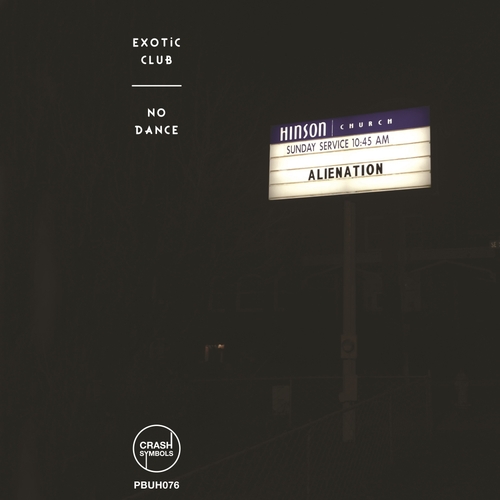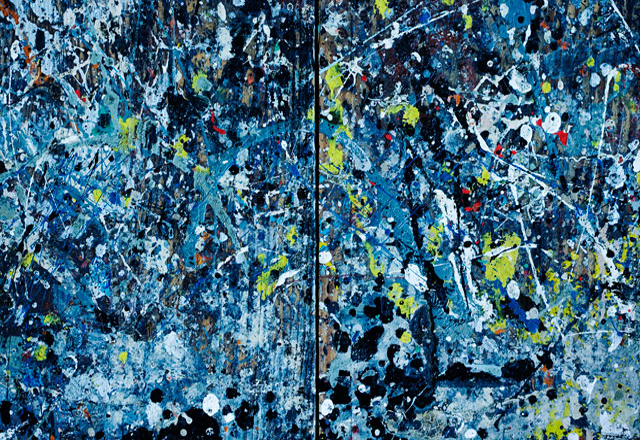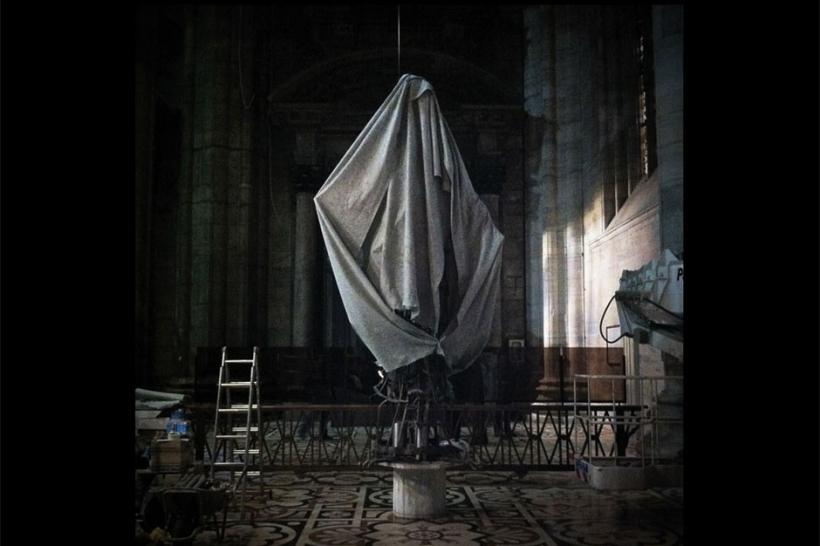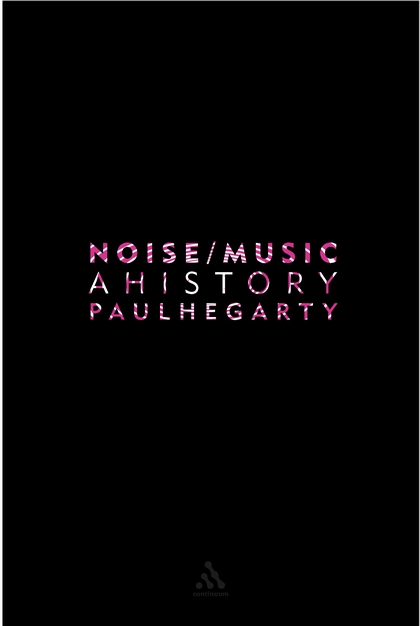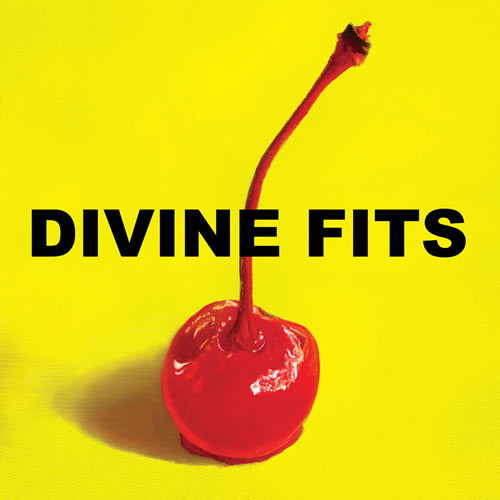I’ve been working on a bunch of different things lately, album reviews, show reviews, and I’m always busy transcribing and analyzing music, trying to dig into everything as deep as I can. That’s what it means to be a music theorist. Our job really is to try and figure out how music works, or why music works. Sure it can all get pretty subjective sometimes, but if one really gets down into it music analysis is really as much science as it is art.
I’ve got several projects going right now that I’ll just mention briefly, as I don’t know exactly what they are going to turn into just yet. One ongoing project that I began last term involved transcribing the music of Women. Friends of mine already know that I listen obsessively to this band, and that obsession has given way to an intense desire not only to figure out specifically how the songs on their 2 albums “work” as far as guitar voicings are concerned, but also how all the elements of their sound come together to form a cohesive whole. I’m interested in exploring their formal structures, the counterpoint, the chord progressions, pitch collections, use of noise, how things were recorded, how the songs were conceptualized, just everything. Beyond that I’m interested in finding what the music really says, beyond just the sound and all the elements that I just mentioned. This is the project that I have made the most progress with, I’ve taken several different analytical approaches to many of the songs, and written page upon page of descriptions and come up with some possible conclusions. At least I’ve begun working towards conclusions is what I really mean.
As a music theorist I’m always interested in how the music comments on culture, and how the things that the music does describes some sort of philosophical standpoint, how the music stands to represent an idea, how it proves, disproves, or calls into question an idea. It’s in this way that we keep evolving our thinking, and I like the idea that music can be some small part of that.
I’ve also been thinking a lot about the music of Godspeed You! Black Emperor. After listening to the album “Lift Your Skinny Fists Like Antennas to Heaven” several times a day for several weeks in a row I started to wonder about how those songs are held together. This of course means that I have to take that first step and start transcribing, which is going to undoubtedly prove to be a considerable challenge, because it’s hard to tell even how many people are playing from track to track, minute to minute – not to mention that the songs go on for 20 minutes at a time in most instances. But I have learned a few things about their typical construction and it won’t be nearly as difficult as I once feared. I’m looking to discover similar things with their music as with the Women project. There is also an element of what I’ll call here “spiraling”, or Jacob’s Ladder type construction of bass lines. It’s a small detail that would take much too long to explain here, but it’s an element that appears in their music quite a bit that I am going to look into how it effects the bigger picture. So much can be said about their music, how it moves, how it doesn’t move, how it is all held together. It’s really fascinating and I’m excited to uncover these things and talk about them.
Which brings me to the other point of being a music theorist. Sure, discovering all of these things is great, and strengthening those findings with scholarship in other disciplines, but the field is admittedly not inviting to those that are not involved in music scholarship. It’s a very insular group, much like anything scholarly. I’m sure not too many of us are interested in reading the findings of university physicists, microbiologists and mathematicians in our spare time. The difference, in my opinion, is that music is something that we all share. We all experience it differently, we all share our opinions on our favorites with friends, and in that way music spans that divide between scientific and non-scientific thought. One doesn’t have to have a degree in music in order to discuss music, and one doesn’t even need to be a musician to be involved in discussions.
I think that there is a great opportunity to bridge that gap and create an avenue for greater understanding and appreciation of music in a way that doesn’t alienate music fans, but also doesn’t compromise. There is still a lot more that I am thinking about as far as this is concerned, and I’m busy filling notebooks with my thoughts on these things. There are definitely things that I despise seeing, hearing and reading about music, and there are things that I absolutely love. I’m sure that I will get into those specifics in future posts.
All of these things that I have been thinking about have also lead me to think about what I want this blog to be. I do enjoy providing album reviews and news blurbs, but there is always this nagging feeling that I’m wasting my time because almost all of the information that I provide as far as news goes can be found in several other places on the internet, and those sites (Stereogum, Pitchfork, Brooklyn Vegan etc.) get far more traffic than my site can ever hope to get. So I’m left thinking about what I have to say, what sets me apart, or what is going to set me apart? I guess I really don’t know the answer to that. I only hope that the content on my blog speaks for itself and takes a different angle than most other places around. I’m starting to get less concerned with hits (because I’ve never really gotten that many) and more concerned with just continually producing the best content that I can regardless of who is or isn’t reading. I’ve changed my perspective to doing this for myself, and if other people find enjoyment reading it, and appreciate my opinion then that is great. If not, that’s fine too.
What I really need to do now is continually work. That means more writing, more analysis, more listening, more reading… it’s only through continually doing these things that I will get better and I hope that some of you will follow along. I do want to do more posts like this where I share opinions and other things that are going on with me. Though one thing that I refuse to do is talk about anything that isn’t music related. I also am trying to strike that balance between posting too much, and not posting enough. I am only one person, and in my desire to provide unique content I want to avoid simply reposting things from other, aforementioned, sites. Trust me, if I simply took every press release that came into my inbox and every request from every person with a bandcamp that I got in my inbox every day I would be able to simply copy and paste with relatively little effort and have 10 posts a day. Being that that is typically how one gets their blog to get a lot of hits, through incessantly posting, is something that I struggle with accepting. I know that typically the text on any music blog is ignored while the reader searches for the free mp3 download or stream. I’m painfully aware that few people have even bothered to read this far (1,100 words now) into this very post, but it’s something that I am not willing to change.
Music has a lot of things to say that goes beyond the attention span required to listen to a 3 and a half minute long pop tune. It should be the duty of the music writer to go beyond simple description and meaning to try and tie a song and an artist to a much larger and relevant narrative. We should be thinking about how all of the pieces fit and not just how to sell a few more records, or how to get a few more people to go to a show. Change the narrative, change people’s expectations, increase the level of discourse. That’s what I hope to do. Some day. Many things have to happen before that though.
There are a couple other projects that I’m working on that I didn’t mention in this post, but I will talk about them soon enough. Thanks for reading.
